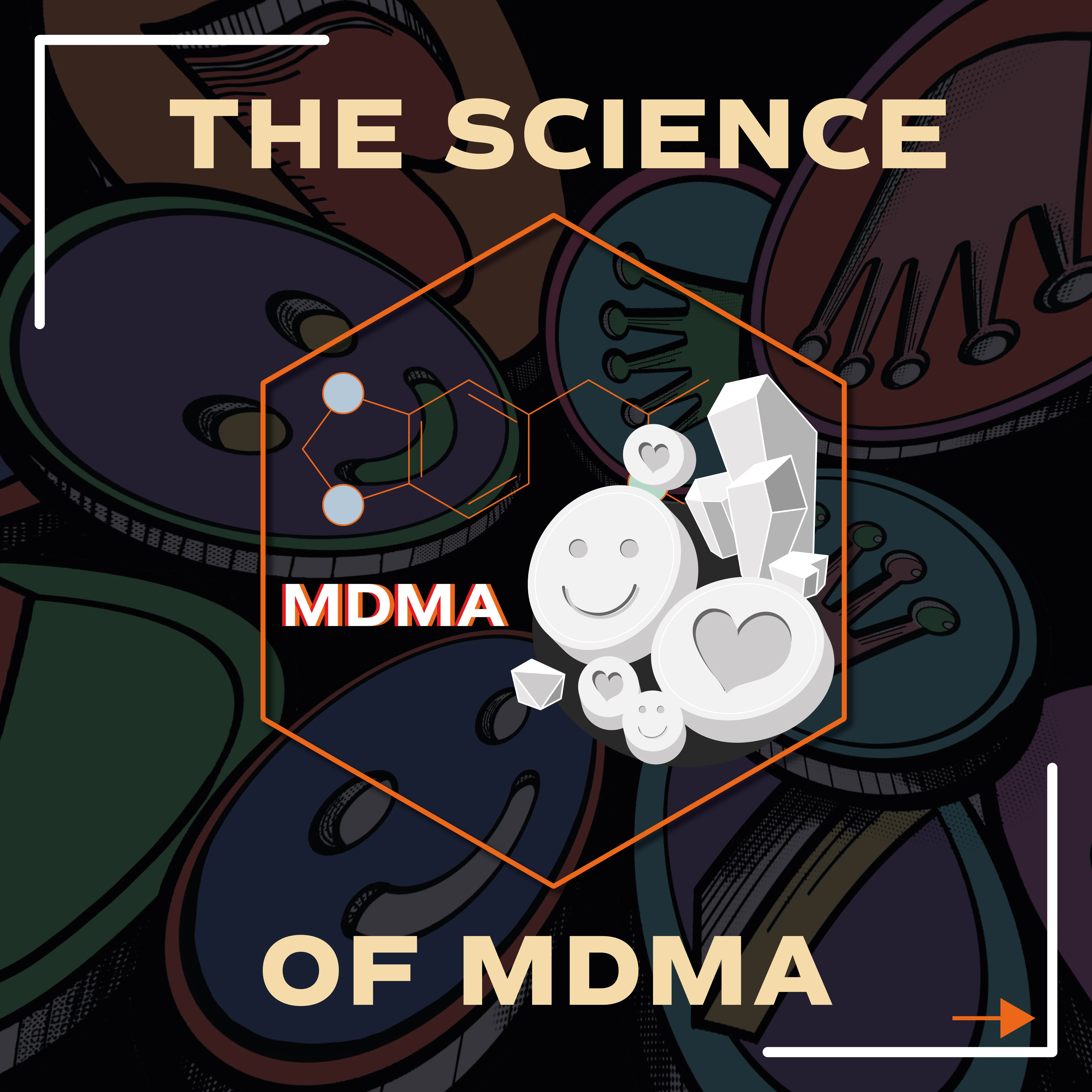The Science of 2C-B: Discovery, Chemistry and Pharmacology Effects
In our scientific work, in dealing with psychedelic substances, it is important to us to also report on these and to shed more light on them.
Therefore, we would like to start our series of articles "The Science of Psychedelics" today. In this series we would like to draw attention to the social and scientific relevance of psychedelics. For this purpose, we regularly present current knowledge from research.
In this blog post, we would like to take a closer look at MDMA. In the overview you will learn more about :
1. The history (How was 2C-B discovered and brought to the market?)
2. Chemistry (What is 2C-B and how is it produced?)
3. Pharmacology (How does 2C-B work in the human body?)
4. Medicine (Is 2C-B used to cure all kinds of diseases?)
5. Analytical method (How can I analyze a sample to determine if and how much 2C-B it contains?)

How was 2C-B discovered and brought to the market?
2C-B was first synthesized and described in the 1970s by Alexander Shulgin, an American chemist and pharmacologist. Shulgin developed 2C-B as part of a series of psychoactive substances.
The company “Drittewelle” in Leipzig then sold the substance for some time under the brand names NEXUS® (10 mg capsules) and EROX® (5 mg tablets) in order to treat impotence and as an aphrodisiac. In the 1980s, 2C-B gained popularity in the techno and rave scene and was often used as a party drug.
In 1993, 2C-B was added to the Narcotics law and in the late 1990s and was classified as illegal by many countries. [2]
What is 2C-B and how is it produced?
Chemically 2C-B is the official abbreviation for 4-Bromo-2,5-dimethoxyphenethylamine. 2C-B belongs to the 2C group of psychedelic active phenylethylamines, which have a methoxy group at the second and fifth positions of the phenethylamine stem structure. [1]
But wait, what were phenylethylamines again precisely? All phenylethylamines, as the name suggests, contain at least the parent substance phenethylamine, but can have very different structures with more or less additional structural elements. Phenethylamine is a trace amine with the formula C8H11N, and it is naturally occurring in different plants and organisms.
Furthermore it is said to be the parent substance of the catecholamines and many psychedelically active hallucinogens. In the following structural formula the basic structure from every phenylethylamine is drawn in blue.
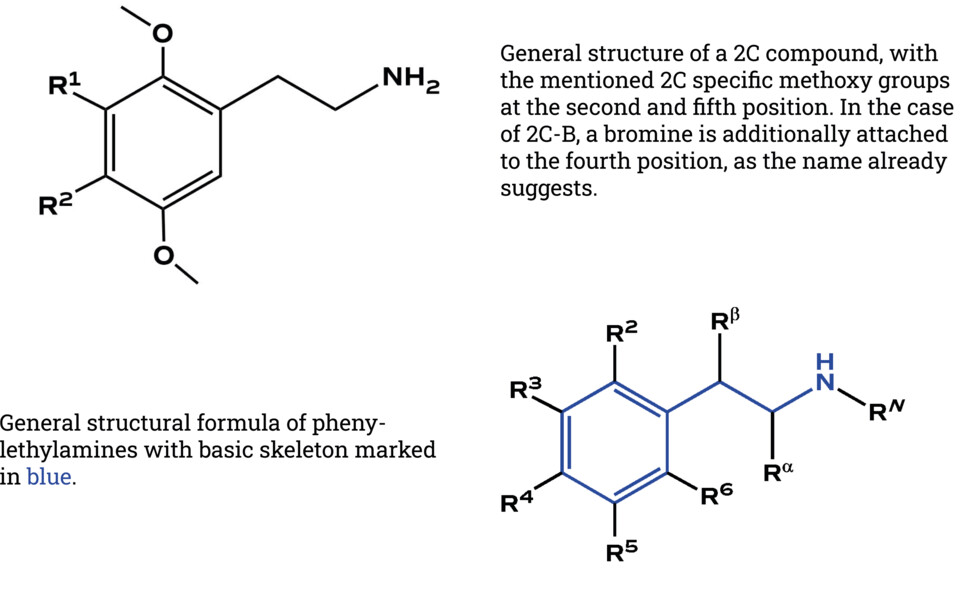
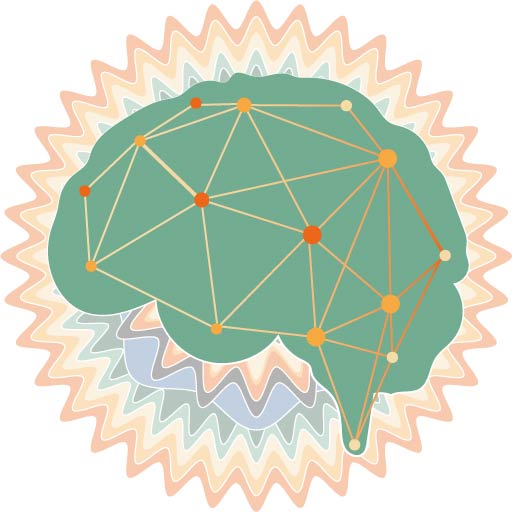
How does 2C-B work in the human body?
In General, many say the effects of 2C-B are “in between” LSD and MDMA but to be honest, the impact of 2C-B in the body is not fully understood until now. [2]
It is assumed that 2C-B binds as a partial agonist or antagonist to various receptors in the brain, especially to the serotonin receptors 5-HT2A and 5-HT2C. [1]
2C-B is a substance that can be taken either orally or nasally. The dose depends on various factors such as body weight, gender and daily condition of the user. A small dose of 2C-B is sufficient to achieve the desired effects, although the dose required depends on the mode of administration: For oral use, a light dosage of 5-15 mg is recommended, a moderate dosage is between 15-30 mg and a strong dosage between 25-50 mg. For nasal consumption, a much lower dose is needed. Rule of thumb: About half the oral dose, to achieve the same effects![3]
The onset concerning the 2C-B effects when consuming it orally occurs after about 20-30 minutes, the maximum effect is reached after about 1.5 hours and the effect lasts for about 4-8 hours. The effect then wears off relatively quickly within about an hour. However, mild after-effects may still be felt over a period of approx. 2-4 hours. [3] When the consumption of 2C-B is performed nasally the effects may already start after 5-10 minutes. However, regarding the maximum effect and the after-effects, the same rules are valid for nasal consumption as for oral consumption. [4]
Psychogenic effects are observed from a dosage of 10mg. It leads to various symptoms starting with Euphoria, increased empathy, and soft visual distortions. With increasing dosage, effects like altered perception of time and space and pseudo hallucinations are perceived. In addition, 2C-B leads to a sympathetic activation which comes across to with an increase in heart rate, blood pressure and body temperature. [2] Insecurity, fear, anxiety, disorientation and confusion may also occur, especially at high doses. [3]
However, we don’t know what long-term effects 2C-B may have on our physical and mental health.
Is 2C-B used to cure all kinds of diseases?
First of all, we have to emphasize that there is no medical approval for 2C-B at the moment!
However, in 2018 a non-controlled prospective observational study was published by Papaseit et. Al. A non-controlled prospective study means a lack of a control group and placebo. With these two components, a study has more quality and significance. For the future, we would of course also hope to see controlled studies.
Nevertheless, the already mentioned study was conducted on 16 volunteers who took a single dose of 2C-B ranging from 10 to 20 mg: Four participants decided for 10 mg, five participants took 15 mg, and seven participants chose 20 mg. The effects were measured using psychometric questionnaires, physical examinations, and biochemical analyses of blood samples.
The results showed that the volunteers experienced a variety of effects after taking 2C-B. The subjective effect of 2C-B in this study consists of mixed euphoric, well-being reactions and alterations in mental functions closely related to psychostimulants such as MDMA, amphetamine, and mephedrone, and psychedelics such as ayahuasca, salvinorin A, and Salvia Divinorum. Globally, subjects under 2C-B effects reported euphoria, activation and a psychedelic experience consisting of a temporary altered state of consciousness. Mood changes were more prominent than perceptual changes.
In the photo you can see that 2C-B additionally led to an increase in heart rate and blood pressure. The onset of cardiovascular effects occurred at 1h rising until 2h. From 2 hours after consumption on, the curve decreases at a non-proportional rate, first slowly and then faster and faster. At 6h the cardiovascular measurement values returned toward pre-drug self-administration. [1]
To summarize, even if the results of the study were as expected and the physical and psychological effects and side effects of 2C-B can be partially captured, there are no long-term studies that focus on the consequences of 2C-B use. Just like other psychoactive substances, the use is not recommended in cases of mental illness or predisposition. The extent to which psychedelics can be used in small doses for psychiatric diseases is being researched more and more. We are excited and looking forward to all future results and further findings.
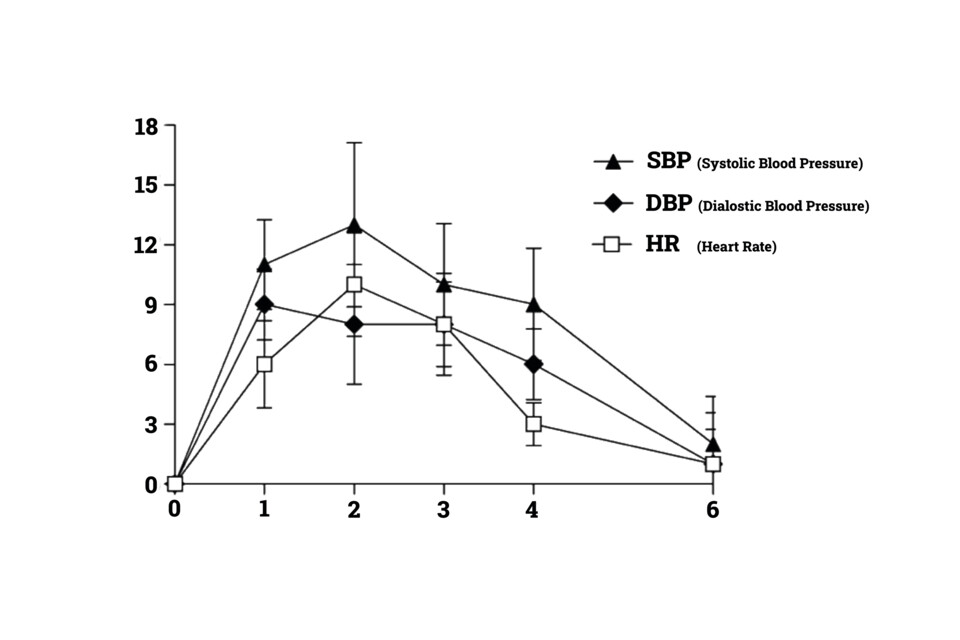
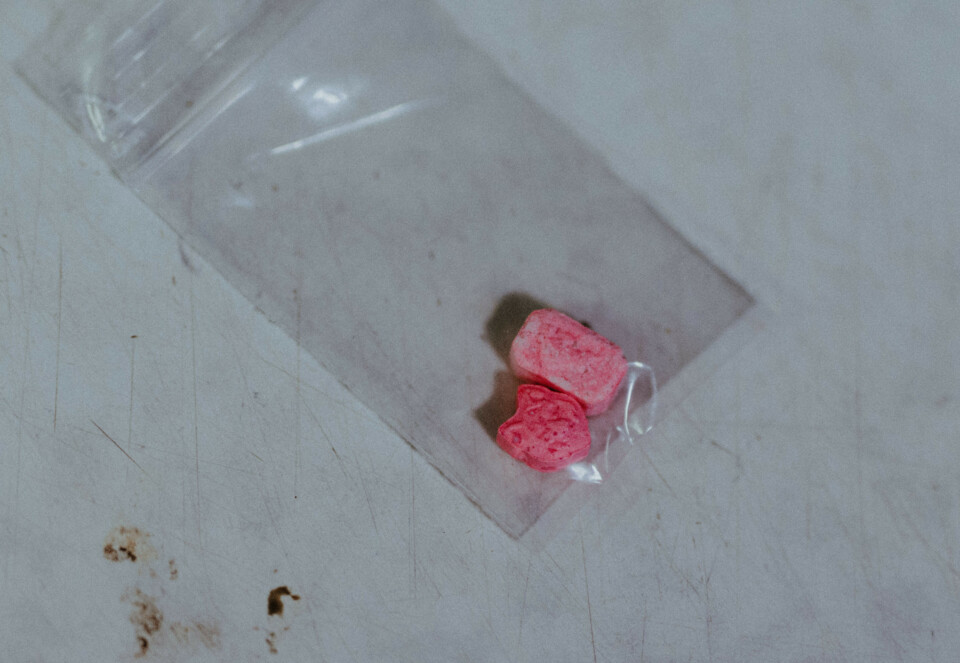
How can I analyze a sample to determine if and how much 2C-B it contains?
And how do I analyse a sample to see if and how much 2C-B it contains?
This is already possible with the miraculix MDMA QTest, even for pressed pills. The QTest tells you by the intensity of the coloring how much 2C-B the pill or powder contains. The two additional color reactions give additional security in the detection of mixtures (for example, you can easily detect a mixture with MDMA). We are already in the process of developing a separate quantitative test kit for 2C-B, so stay tuned!
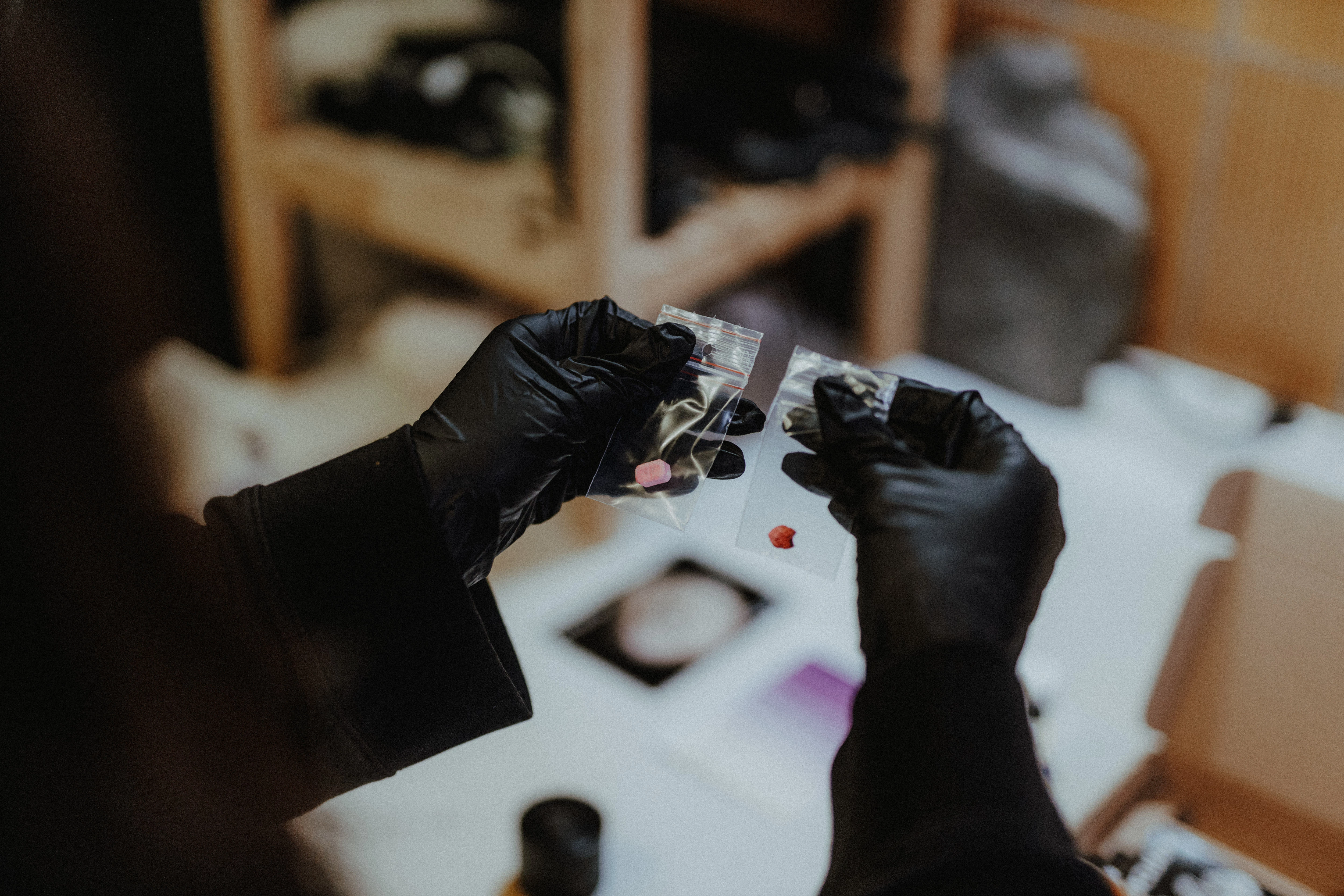
Same appearance - different content
Similar looking pills, one contained MDMA and the other contained 2C-B. Not detectable without analysis.
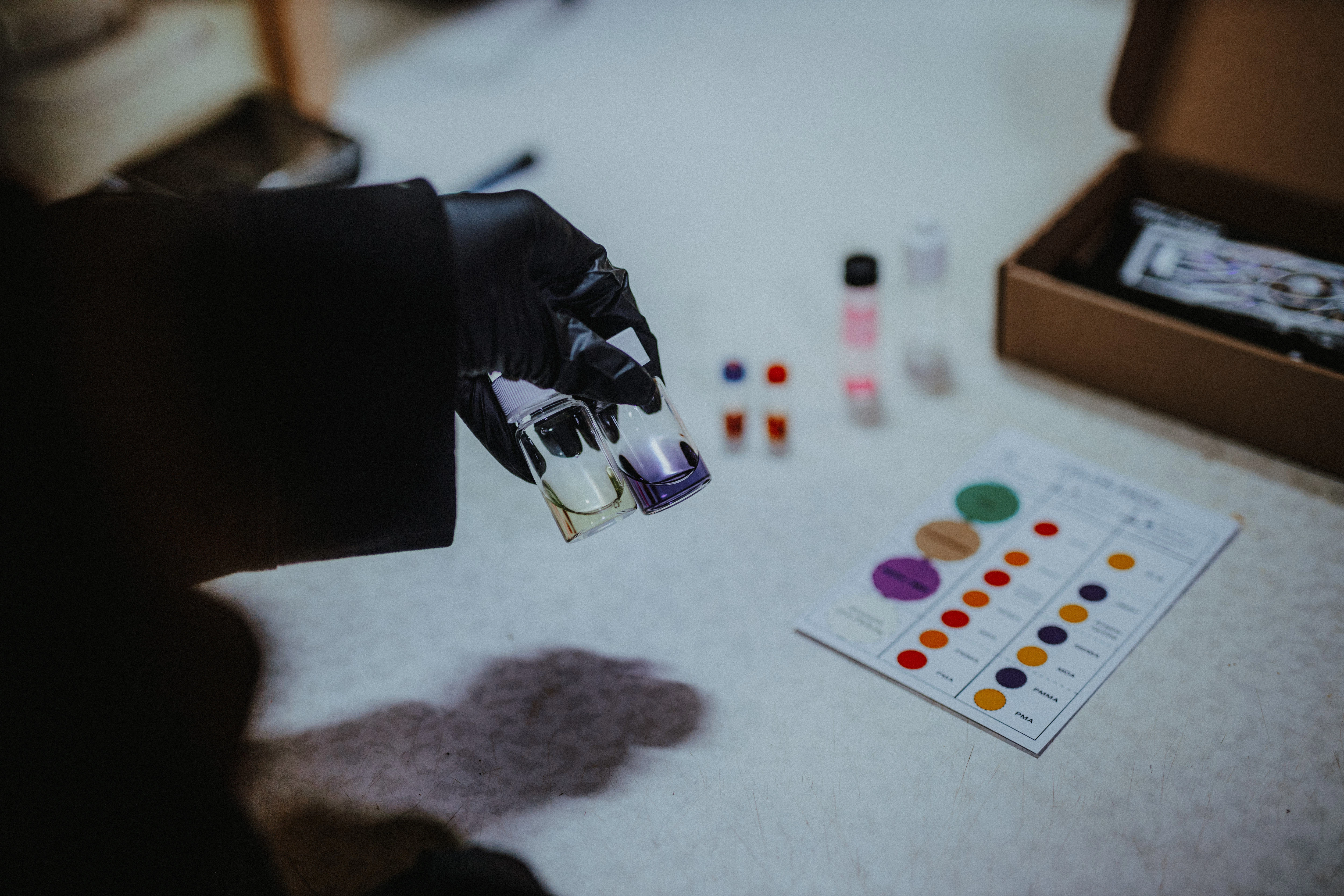
Clear distinction of the main active ingredient
Easy differentiation of the main active ingredients with the MDMA QTest. It becomes clear at first look which substance is involved or whether a mixture is present.
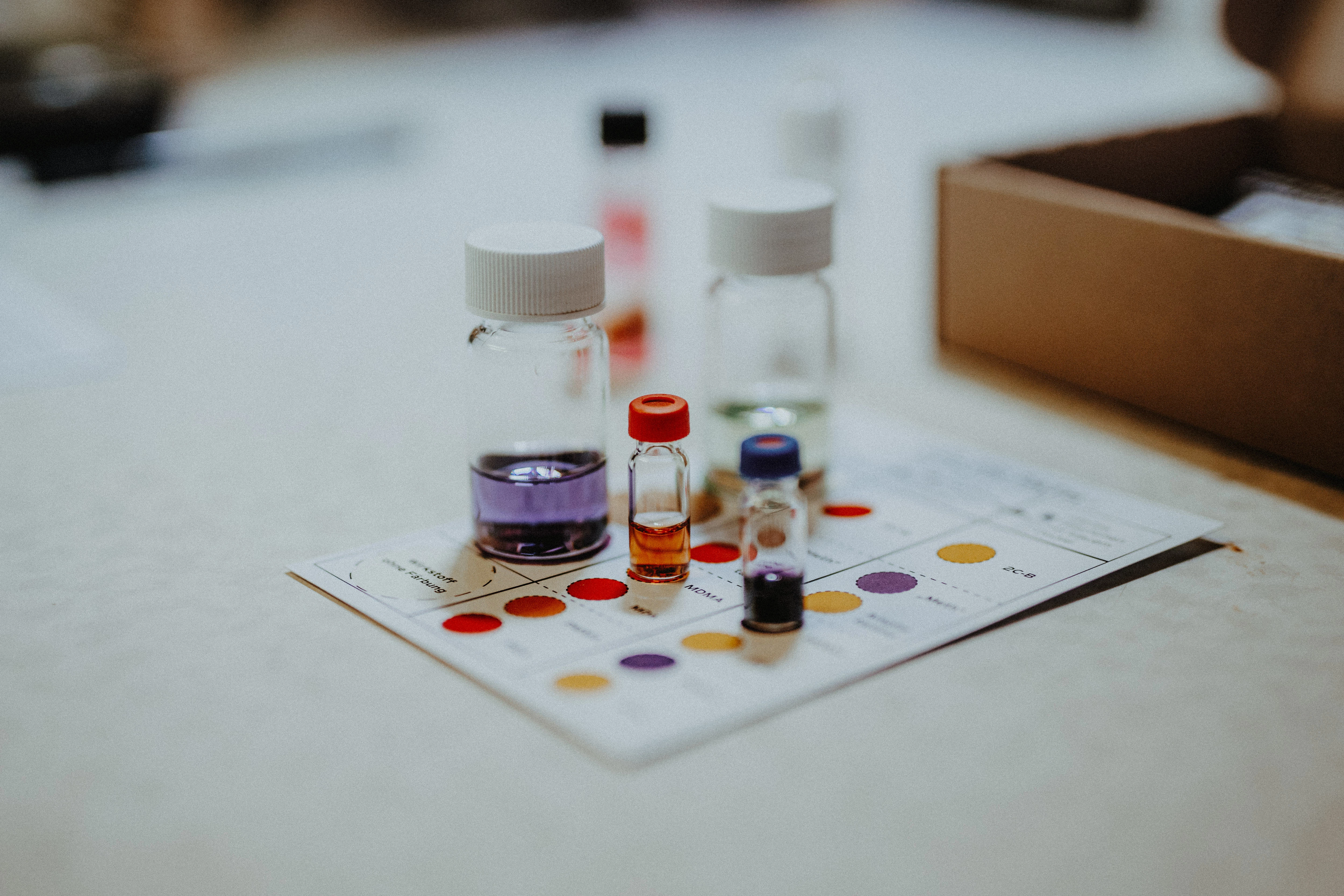
QTest for 2C-B is already in progress!
A direct QTest for 2C-B is already in progress. This will also make it possible to determine the active substance and its concentration for the other tests.
[1]: (2018). Acute Pharmacological Effects of 2C-B in Humans: An Observational Study. Front Pharmacol.
[2]: Parnefjord, R. (2005). Das Drogentaschenbuch, 4. Auflage. Thieme.
[3]: https://checkit.wien/substanz/2c-b/, 22.03.23, 11Uhr
[4]: https://www.saferparty.ch/substanzen/2c-b-2c-x#dosierung, 22.03.23, 11Uhr
More Blog Articles
Related blog articles that might interest you.
